Agriculture in North Korea takes places under the framework of it being a socialist country, with it being dominated by not just state run farms, but also collective farms – what are they you ask? All in good time!
And before you say North Korea is communist, not socialist we suggest you read this rather compelling argument!
To read about if North Korea is communist click here.
Agriculture in North Korea – What do they grow and where?
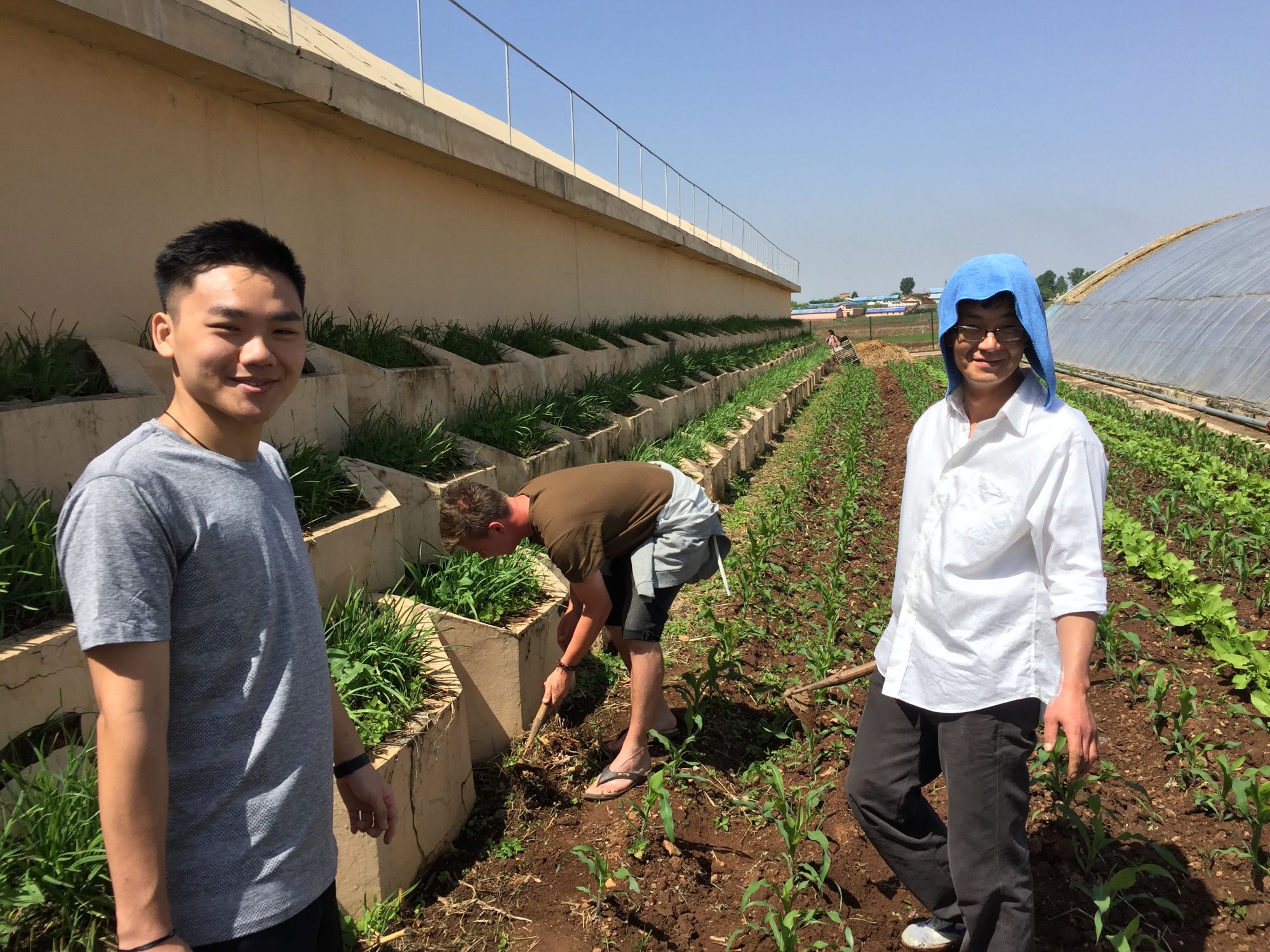

Farming in North Korea is concentrated in the flatlands of the west coast provinces, here a longer growing season, better land, decent rainfall, and good irrigated soil give the best atmosphere for growing crops. In fact despite being so sparse North Korea is also extremely mountainous meaning not all that much of it is great for farming. This is part of the reason that the nation has been subject to famine, or food shortages.
The main four agricultural crops are rice, potatoes, greenhouse crops and from a meat point of view poultry. Potatoes are now very much a staple in North Korea and were allegedly introduced by Generalissimo Kim Jong-Il due to their durability and ease of growing high-yield crops.
Poultry both chicken and duck are the main mass produced meats and as of 2021 there were over 30 large poultry farms in North Korea. This is though not to say they are the only meats, with beef, lots of seafood and even ostrich available for the carnivores out there.
Food distribution in North Korea
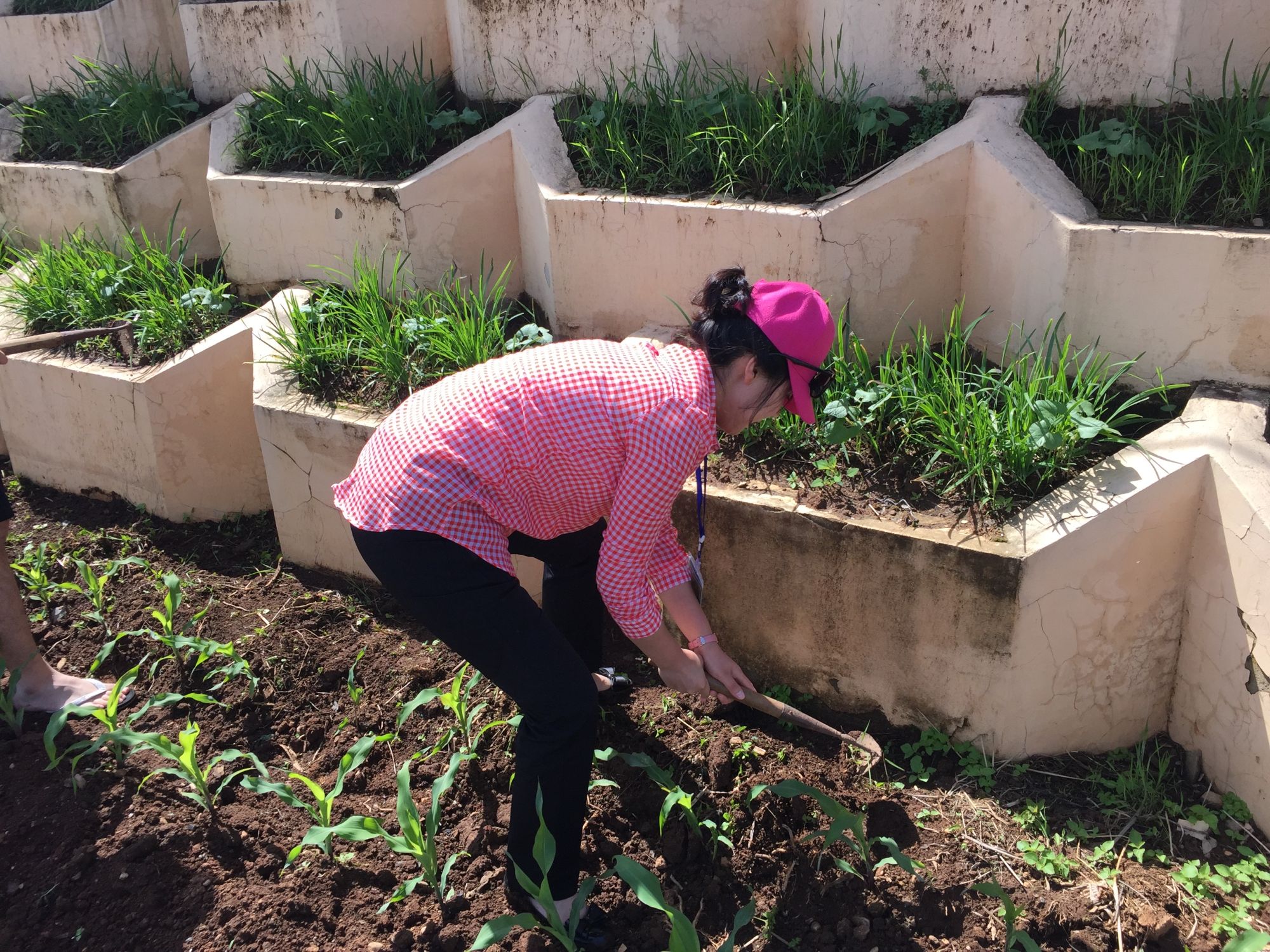
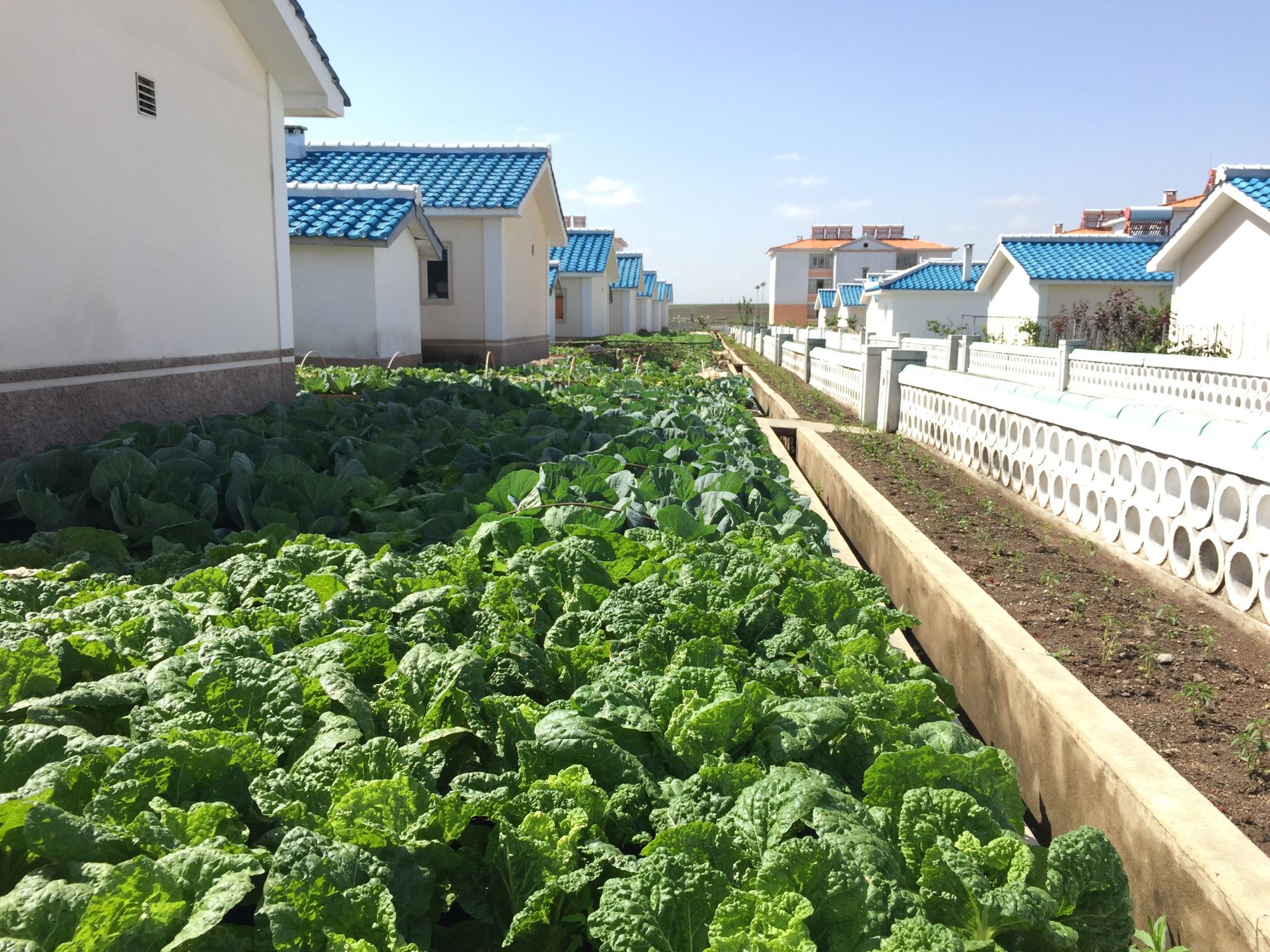
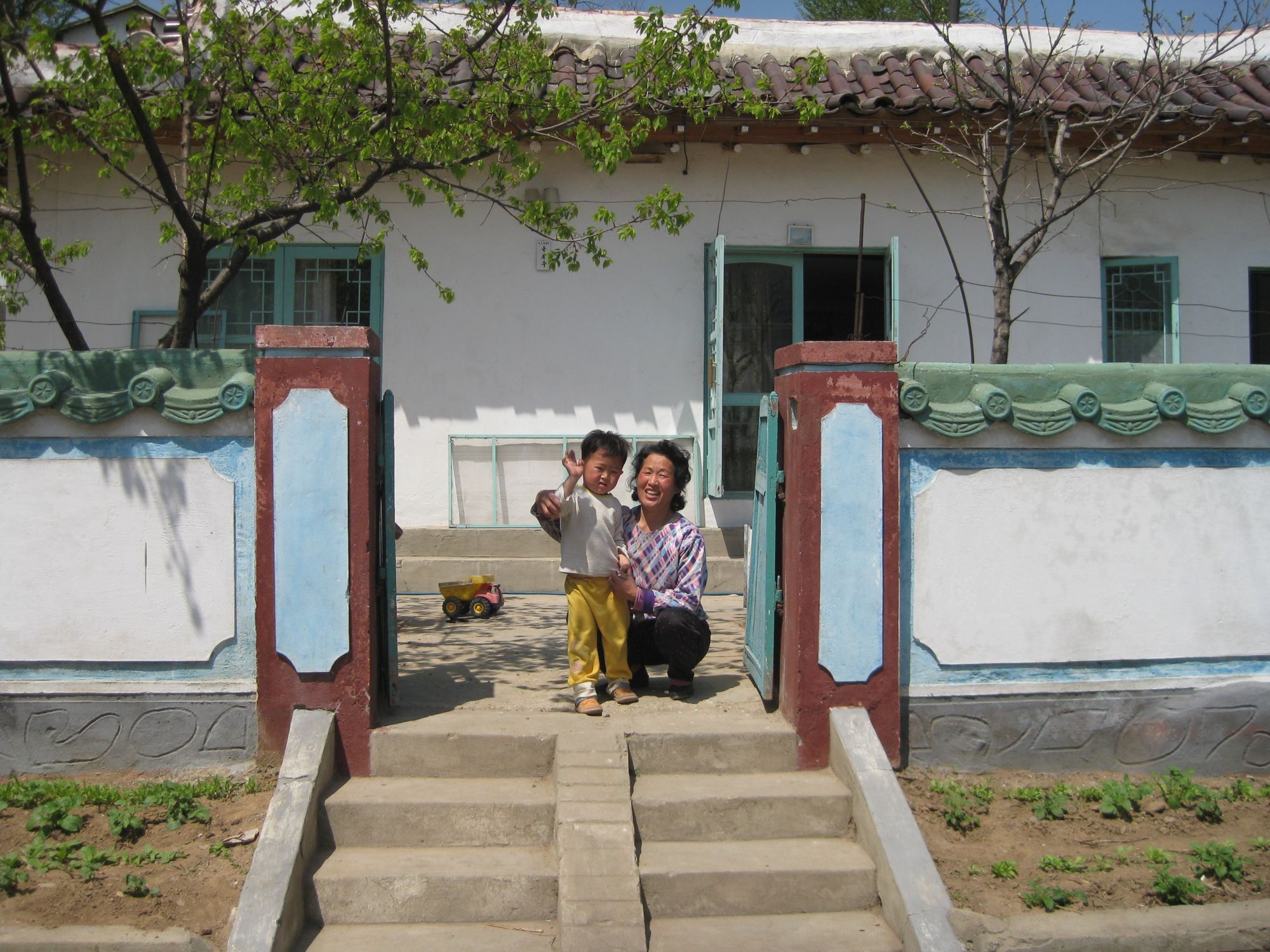
Since the 1950s, a majority of North Koreans have received their food through the Public Distribution System (PDS). This requires rural farmers to produce food for urban centres, very much in line with Marxist-Leninist principles. It is estimated that urban centres such as Pyongyang receive up to 70 percent of the agriculture of North Korea through this system.
Technically farmers are not supposed to grow excess stock, but much as in China, or Cuba these rules have been somewhat relaxed and farmers may now produce excess, which can be sold in the semi-official private markets.
Rason is an exception to this in that the private markets are not only very much legal, but the primary source of goods in the Special Economic Zone. Visiting a North Korean market is very cool, of not surreal.
You can read more about Rason here.
The distribution system linked to the agricultural policy of North Korea has not been without controversy, particularly with the questions of food aid, the military-first policy, as well as food shortages in the country.
How do farms work in North Korea?
There are as of now no private farms, or at least officially private farms in North Korea, but believe it, or not this does not leave all farms in the hands of the state! In fact farms fall into two categories, collective farms and co-operative farms. What is the difference? Well actually quite a lot.
Collective farms in North Korea
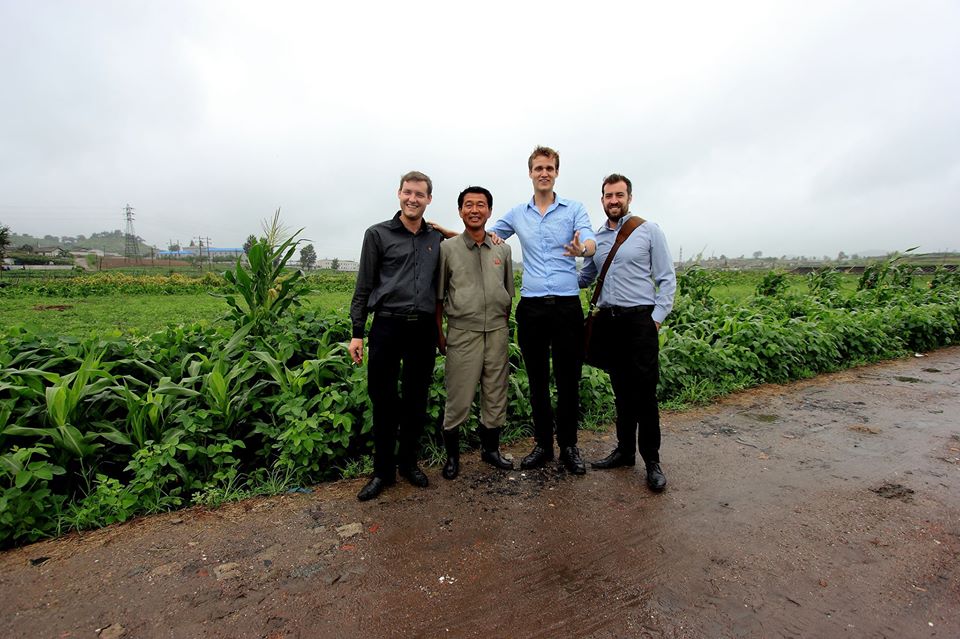
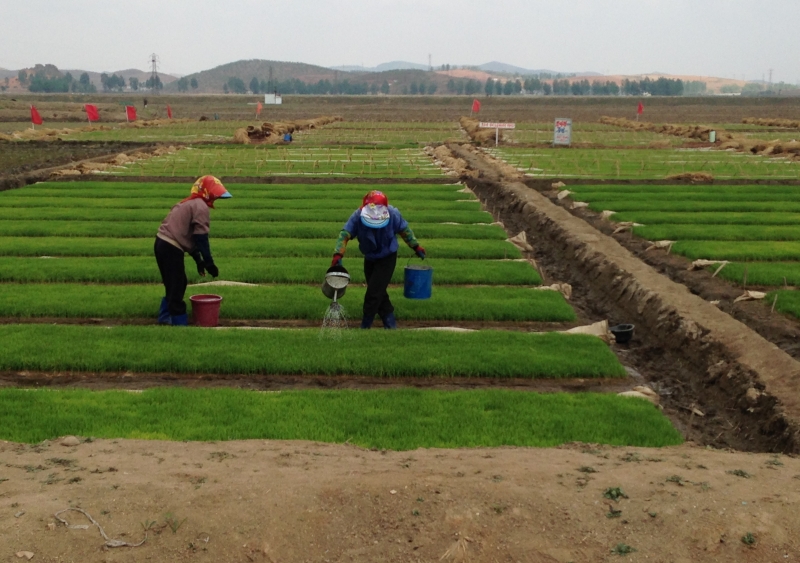
Collective farms are farms that are state-owned and people literally work collectively. This was a point of stigma in the old Soviet Union through Stalin, with it also being popular in Maoist China. Farms were also fully collectivised in Democratic Kampuchea.
To read about the Super Great Leap Forward click here.
For all intents you work as employee of a farm, which is owned by the state, so you work for the state. Farmers work more days and longer hours than office folk in Pyongyang.
Collective farms make up 90 percent of the agricultural sector in North Korea. Previously they would receive one years worth of “produce” as their salary, but since the changes brought in by new leader Kim Jong-Un now these farmers are allowed to sell 30 percent of this, another thing stoking the fire of the private markets.
This has been another area where future opening-up of the economy has been suggested, much as which happened during the early days of China’s open door policy.
Co-operative farms in North Korea
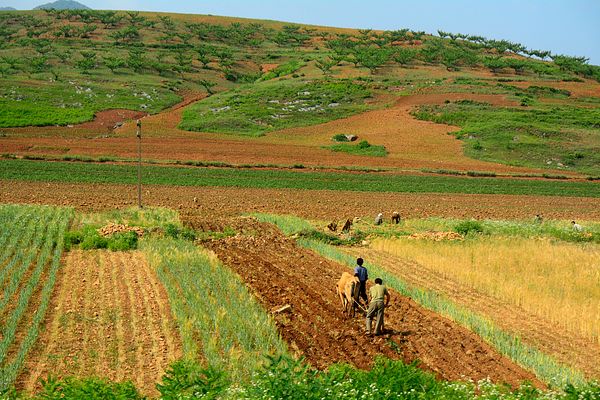
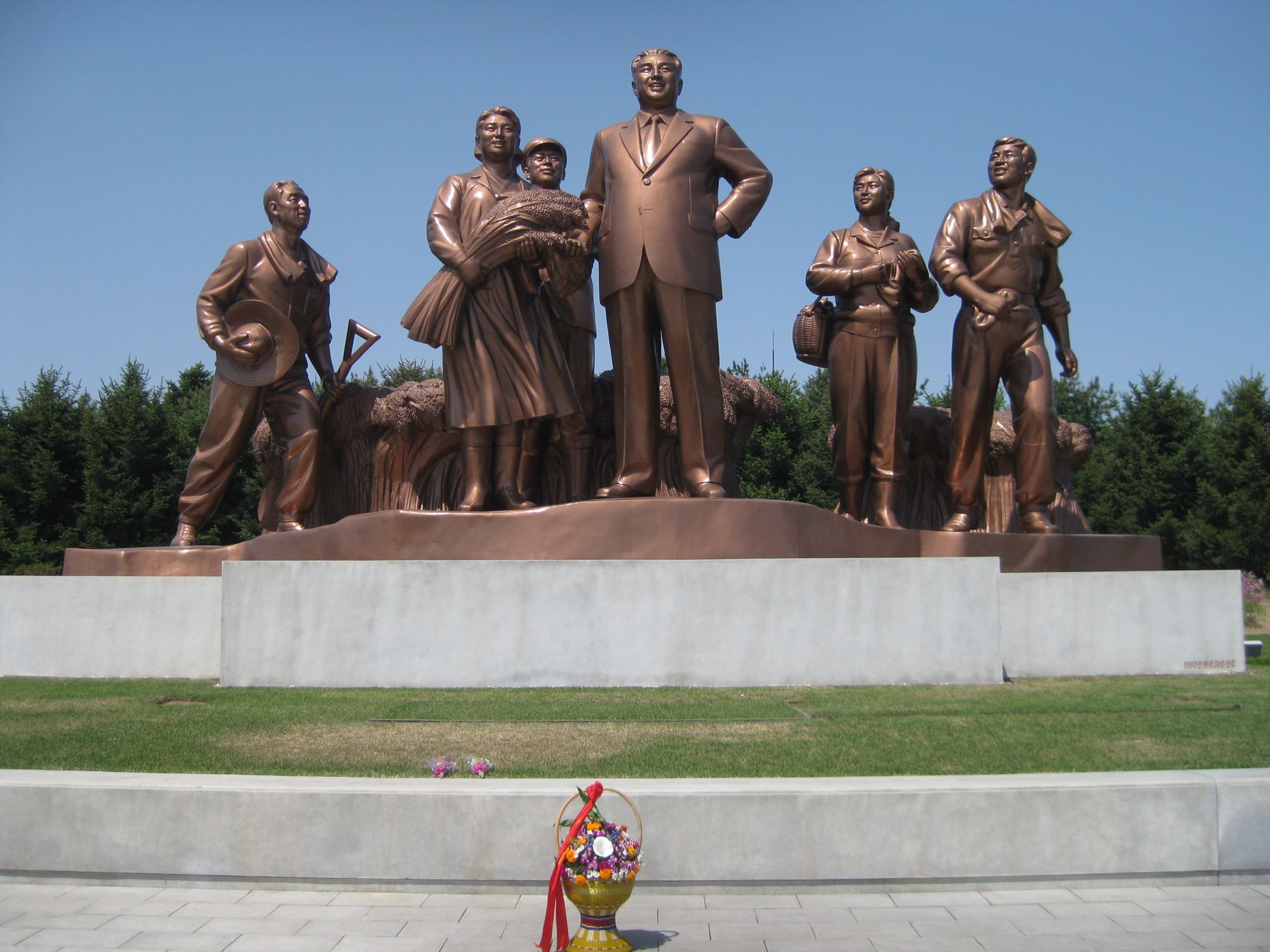
While forming the minority of farms in North Korea co-operative farms differ quite a lot with collective farms in North Korea. Called the Chongsan-ri Method (named after a farm we visit), it literally means hundreds sometimes thousands of North Korean families working together on land provided by the DPRK government to produce a single crop or multiple crops. As a cooperative members take more control in what their outputs can be, as well as on how to reward good workers.
There is also more room for cooperative farms to produce excess to be sold, as well as members having their own small plats of land to produce crops for their families.
Surrounding the farms are everything you wold expect in a village from schools to village shops.
When it comes to agriculture in North Korea the “Chongsan-ri Method” is the one which is most heavily pushed to tourists, with us visiting the Chongsan-ri Coopperative farm in Nampho, the Jangchon vegetable farm outside Pyongyang among many others.
You can read about the Chongsan-ri Cooperative Farm here.
Agriculture in North Korea – the North Korean potato
When it comes to agriculture in North Korea there are a lot of problems related specifically to the country, such as it being mountainous, as well as a distinct lack of arable land. This led agriculture in Cambodia to expend into new easier to grow vegtables.
And this is what led to the potato being introduced into the country, allegedly at the behest of General Kim Jong Il, who took particular interest in agriculture in North Korea and indeed the fate of the people. The potato is now firm staple of North Korean cuisine, with new dishes invented and they have even made their own song about it!
Is there famine in North Korea?
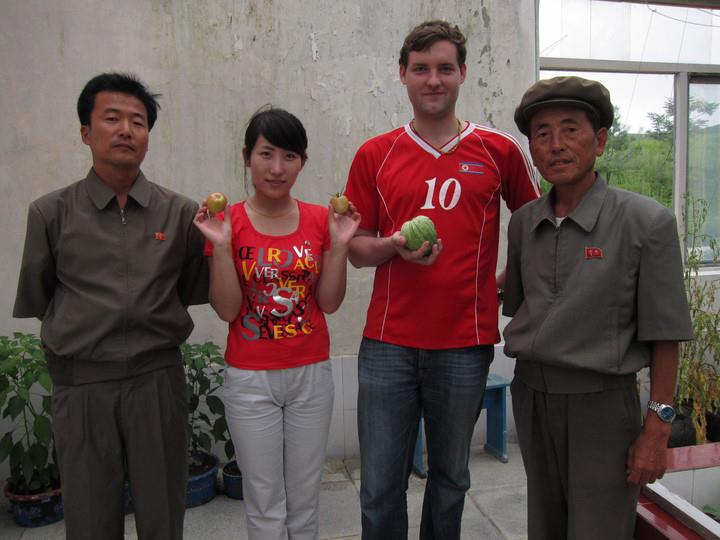
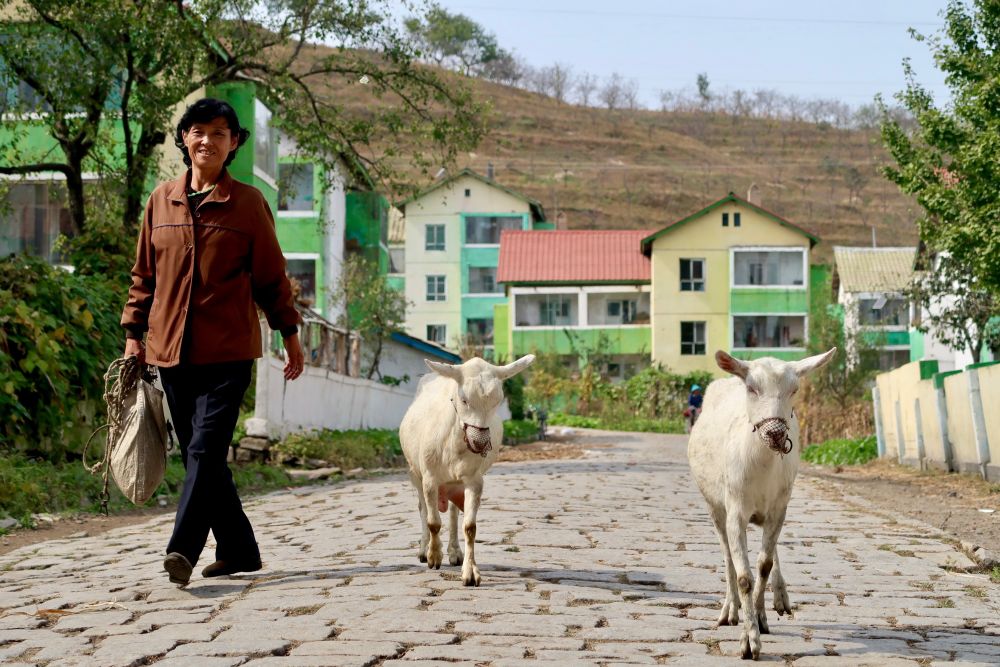
Despite various scaremongering there is rarely famine in North Korea, although in the period from 1994-1998 there was what was called the Arduous March. This was a period which one would refer to as famine and was caused by extreme weather conditions, as well as the changing political and trade landscape brought about by the end of Cold War One.
This was also when the country introduced the Army-First policy and indeed managed to get through an extremely tough time, although it is acknowledged that many people lost their lives at this time.
Farming tours to North Korea
In 2015 Young Pioneer Tours became the first travel agency to sponsor a farm and offer farming tours in North Korea. We did this over many years and despite our farming tours getting quite the roasting from media, in fact offered one of the few opportunities to really see what rural life in North Korea was like.
You can read about what the press said about our agricultural tours of North Korea here. You can also read about what it was actually like to volunteer in North Korea here.
And that is the overall skinny on agriculture in North Korea. To learn see country life in North Korea, or join one of our tours check out our North Korea program.





